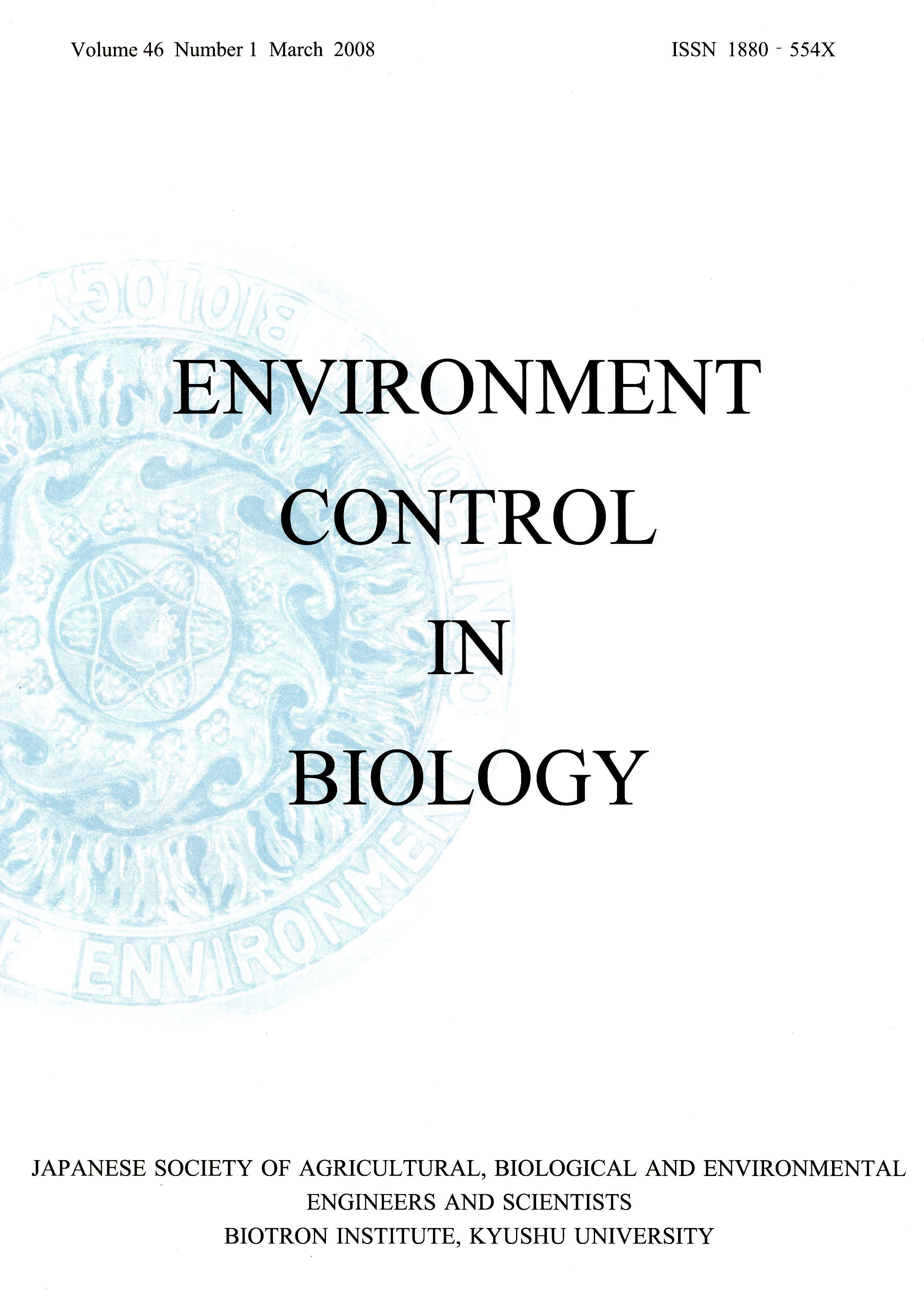Volume 48, Issue 2
Displaying 1-7 of 7 articles from this issue
- |<
- <
- 1
- >
- >|
Preface
-
2010 Volume 48 Issue 2 Pages 35-36
Published: 2010
Released on J-STAGE: October 25, 2010
Download PDF (51K)
Original Paper
-
2010 Volume 48 Issue 2 Pages 37-49
Published: 2010
Released on J-STAGE: October 25, 2010
Download PDF (1068K) -
2010 Volume 48 Issue 2 Pages 51-58
Published: 2010
Released on J-STAGE: October 25, 2010
Download PDF (595K) -
2010 Volume 48 Issue 2 Pages 59-72
Published: 2010
Released on J-STAGE: October 25, 2010
Download PDF (1404K) -
2010 Volume 48 Issue 2 Pages 73-79
Published: 2010
Released on J-STAGE: October 25, 2010
Download PDF (1056K) -
2010 Volume 48 Issue 2 Pages 81-91
Published: 2010
Released on J-STAGE: October 25, 2010
Download PDF (1624K) -
2010 Volume 48 Issue 2 Pages 93-99
Published: 2010
Released on J-STAGE: October 25, 2010
Download PDF (1791K)
- |<
- <
- 1
- >
- >|
